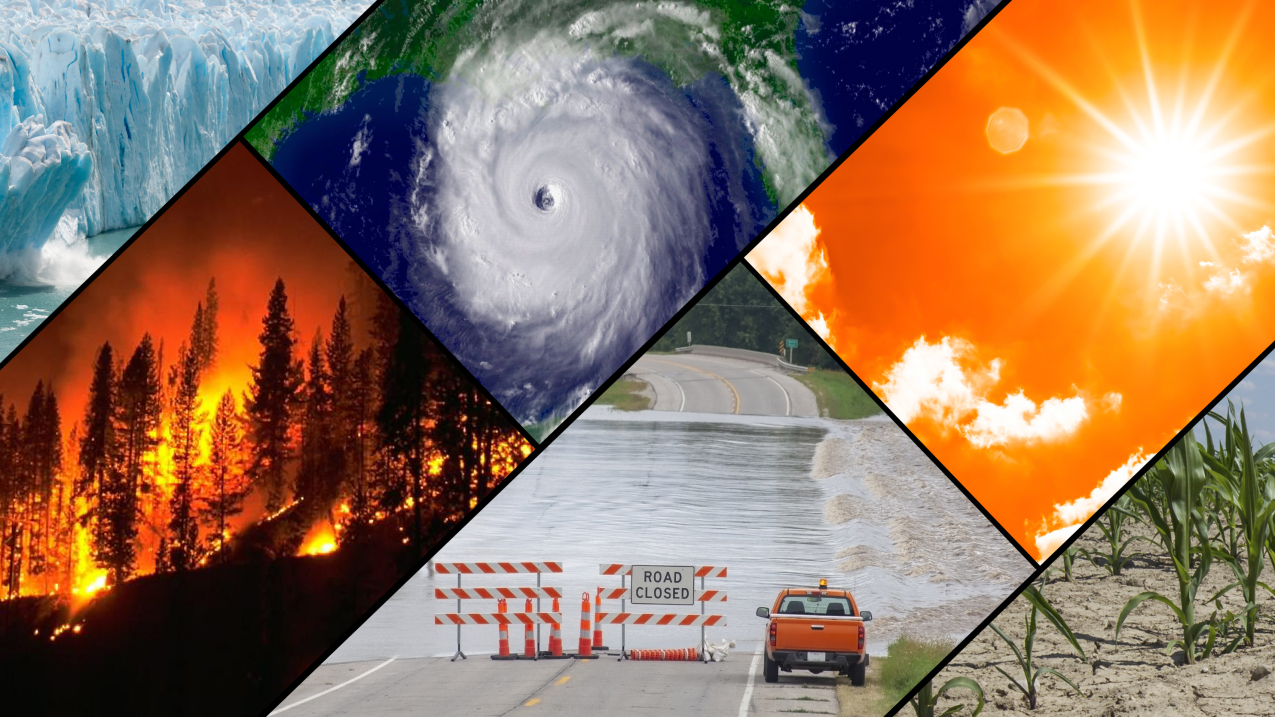In Short : One approach could involve developing comprehensive policies that ensure the equitable and dignified relocation of communities faced with the threat of flooding. This could include providing financial resources, access to education and job opportunities, and promoting community engagement and participation in decision-making processes.
In Detail : Climate migration is already taking place within American communities, new data finds, as people flee flood-prone areas, and create “climate abandonment” zones.
Why it matters: Fresh research published Monday morning from a team of scientists at the nonprofit First Street Foundation and their outside partners includes population data down to the census block level. It reveals climate change-related shifts underway, at a local scale.
Threat level: The study constitutes the latest warning sign of the effects of climate change. Population shifts, and a larger reckoning for real estate, are only expected to worsen as global average surface temperatures rise.
As the world warms, sea levels are increasing, causing more coastal flooding.
On Sunday, for example, a nontropical low pressure center flooded large parts of Charleston, S.C., bringing the city its fourth-highest tide on record.
Floods like this are now more likely as land subsidence combines with sea level rise to turn even nontropical storms into major flooding threats.
At the same time, storms are carrying more moisture, with the frequency and severity of heavy rainfall events on the increase as well. This is increasing the likelihood of inland flooding.
The big picture: At a macro level, Americans are leaving the Rust Belt in droves and heading to areas of greater climate risk in the South and Southwest, said Jeremy Porter, a study coauthor and head of climate change implications for First Street Foundation.
But this has masked other changes taking place at the local level, which is where more moves occur as people try to stay close to their support networks, Porter said in an interview.
The research was presented in a report on the foundation’s website, with the underlying methodology published Monday in the peer-reviewed journal Nature Communications. It shows that during the 2000-2020 period, about 818,000 Census blocks experienced flood-related population declines.
The researchers classify these areas as climate abandonment areas; they show that nationwide, about 3.2 million people have fled flood risk from these zones.
When counting risky areas expected to become abandonment areas, the researchers found those places are likely to lose a total of 7.5 million residents over the next 30 years due to flood risk (on top of the 3.2 million they have already lost).
What they’re saying: “This research is the first to find a systematic pattern in the historic population change data that shows climate migration is not something that will happen in the future, but it’s something that is already happening in the case of the most likely type of migration (local moves),” Porter told Axios in an email.
“Our research is the first to dig into population change at that more micro scale… and when you do that, the narrative flips from ‘People are moving to risk’ to ‘People are taking climate into account when choosing where to live.'”
Between the lines: The study is particularly significant since it examines both population “pull” and “push” factors, from flooding to the quality of school systems, to try to determine drivers of population shifts.
The intrigue: Some cities with high flood risks, like Miami and Houston, are still pulling in more people than they are losing, the research shows. But these areas are growing more slowly than they would be if flooding weren’t such a threat, the study shows.
First Street Foundation calculated that 34.5% of the U.S. population lives in census blocks that are already being affected by flood–related population declines, or slowed growth.
Future projections show abandonment areas expanding, particularly in the Midwest and Northeast. In fact, metro areas of Minneapolis, Milwaukee and Washington, D.C. (specifically, Alexandria, Va.) were identified as being among the top 10 counties with the largest increase in climate abandonment areas through 2053.
How they did it: Researchers took census block data, First Street Foundation’s high-resolution flood model and information from actual flood events. They incorporated data on social, political and economic characteristics of an area to better understand what may attract people and keep them in a particular geographic area.
What’s next: During the next three decades, some risky growth regions — like Miami — could pass points where they become climate abandonment zones, as sea levels increase and the threat of flooding goes up as well, the data suggests.
The study did not look at insurance prices, which is another factor that may force people to move as insurers consider key markets like Florida and California too risky to conduct business.

